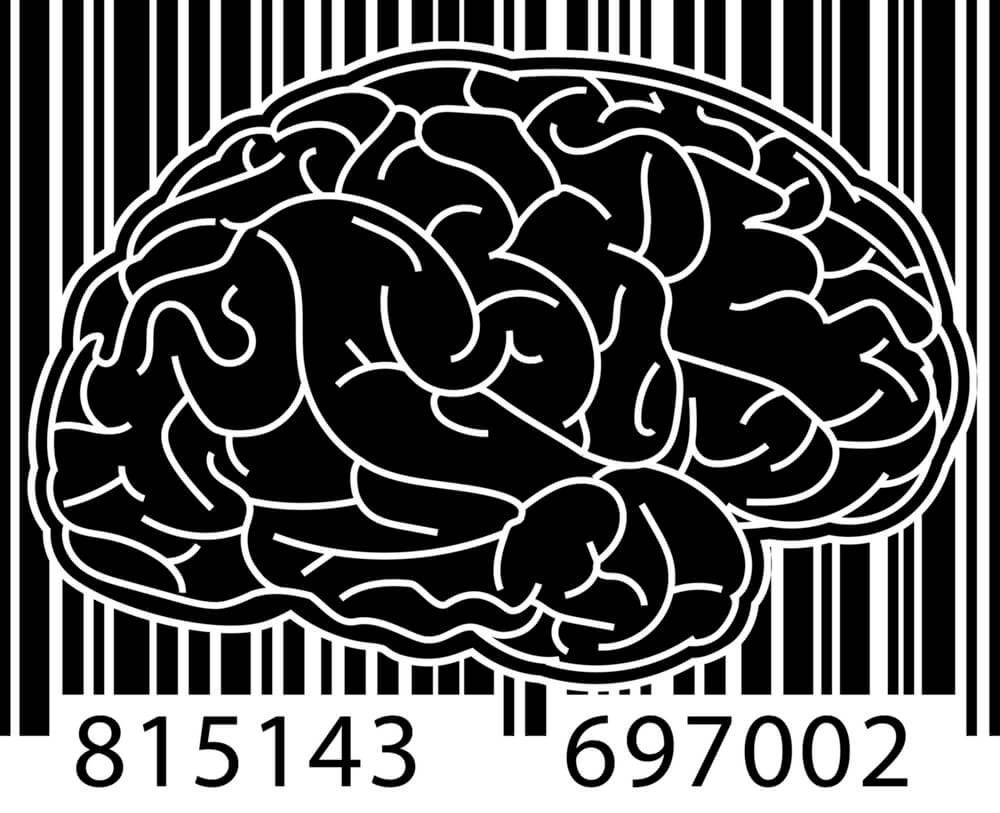Buy or don’t buy, that’s the point. Big brands can’t leave much room for action, so they’re experts and know the details of psychology applied to marketing.
A large company generally doesn’t allow many variables to act randomly, in fact, if it were for them, they wouldn’t leave any, that is, everything they implement in a marketing campaign is designed so you can buy your product.
- But for you to buy your product they need to know what you want.
- What you need and how you want it.
- That’s why they study the consumer to apply psychology to marketing.
- Thus optimizing every impact that users receive.
Momentum is very important in the purchase process. As a result, a study published by Chase, Gallup and Harris Interactive described a number of aspects of applied marketing psychology that major advertisers rely on to stimulate this buying drive within us.
Our brains connect to make impulsive decisions, so either because it was already planned, or because we feel inclined to buy at a certain time, we end up getting carried away. ‘Register now?’ You think it’s just a coincidence?
Studies on psychomarketing and neuromarketing show that our instinctive requirements have an important weight when the brain looks for reasons to decide on one option or another, that is, instinct has a great weight in our decisions.
Experts know this and that’s why they play with the “fear of missing a good chance”; is the feeling they give, for example, when they say there are only a few units of a given product.
Small and large advertisers rely on knowledge of our mental sources (make sure the consumer doesn’t think too much) to launch their campaigns or present a product, they know that emotions play an important role in most of our decisions. blocked (we don’t decide anything) when we make a decision for reason (we’re emotional beings we think of).
Few ad campaigns neglect the visual aspect. In fact, it’s very likely that none of them will. Our brain processes a photograph much faster than a text, hence its importance in the purchase process.
A quality photo is an excellent ally for advertising, that is why we always look for a powerful visual impact that demonstrates success in owning a particular product or service, in this way whoever buys what is offered will be happier, more successful, more Elegant? In short, you will be a better person or you will be better than today.
Do you think ad campaign colors are random or used because they’re beautiful?The truth is that there is much more behind this, such as careful studies to find out which nuances can offer the best results.
Have you noticed how much blue there is on platforms like Twitter, Facebook, PayPal or Microsoft?This is obviously not fortuitous. According to color psychology studies, blue brings confidence, encourages the user to enter because it is a place where they can feel safe.
As a result, most big advertisers first experiment with blue when designing their advertising strategies, as we said, it’s no coincidence, it has to do with the culture, experience and fusion of the two elements.
One of the strategies of psychomarketing is to gradually increase the cost of a service, it can be difficult to pay R $100 for a service, but it may be more acceptable if we already pay 90, the fact is that the increase should not be small enough for the consumer to consider insignificant, but it should not be high enough to look for other options.
Once you’ve given your first yes, it’s easier to buy your product later, it’s something that’s slowly being done, little by little, to gain consumer confidence, this is called attraction marketing.
Many big brands are already looking for powerful impacts and intrusive ads, now many are looking for a first yes, a fantastic option to earn their trust and offer their content little by little until you get to consume your product.
“Make a customer, not a sale. ” ? Katherine Barchetti?
Even if you want to see a lot of variety for a particular product, the first ones we see are the ones that will serve as a reference, for example, to say that others are expensive or cheap, so companies sometimes start to describe the options that we have in their catalogs, starting with the most expensive ones.
Thanks to the anchoring effect, advertisers also want to be the first to capture our attention, since our memory tends to better remember the first elements of a list (the latter also, the ones we do not remember are the intermediaries). Advertisers take advantage of this particular performance of our memory by placing the most important messages at the beginning or end of a communication.
Without a doubt, many of the keys to marketing psychology require the participation of our most emotional side. Neuroscience shows that buying at the last moment, in many cases, is always the satisfaction of an impulse, however sophisticated that impulse is satisfied.
This is how the great marketing gurus try to show us their campaigns, to be more efficient every day, they study the market, their trends and motivations, they think that the market is us, you and me, among millions of other users. way, we’re your goals.

